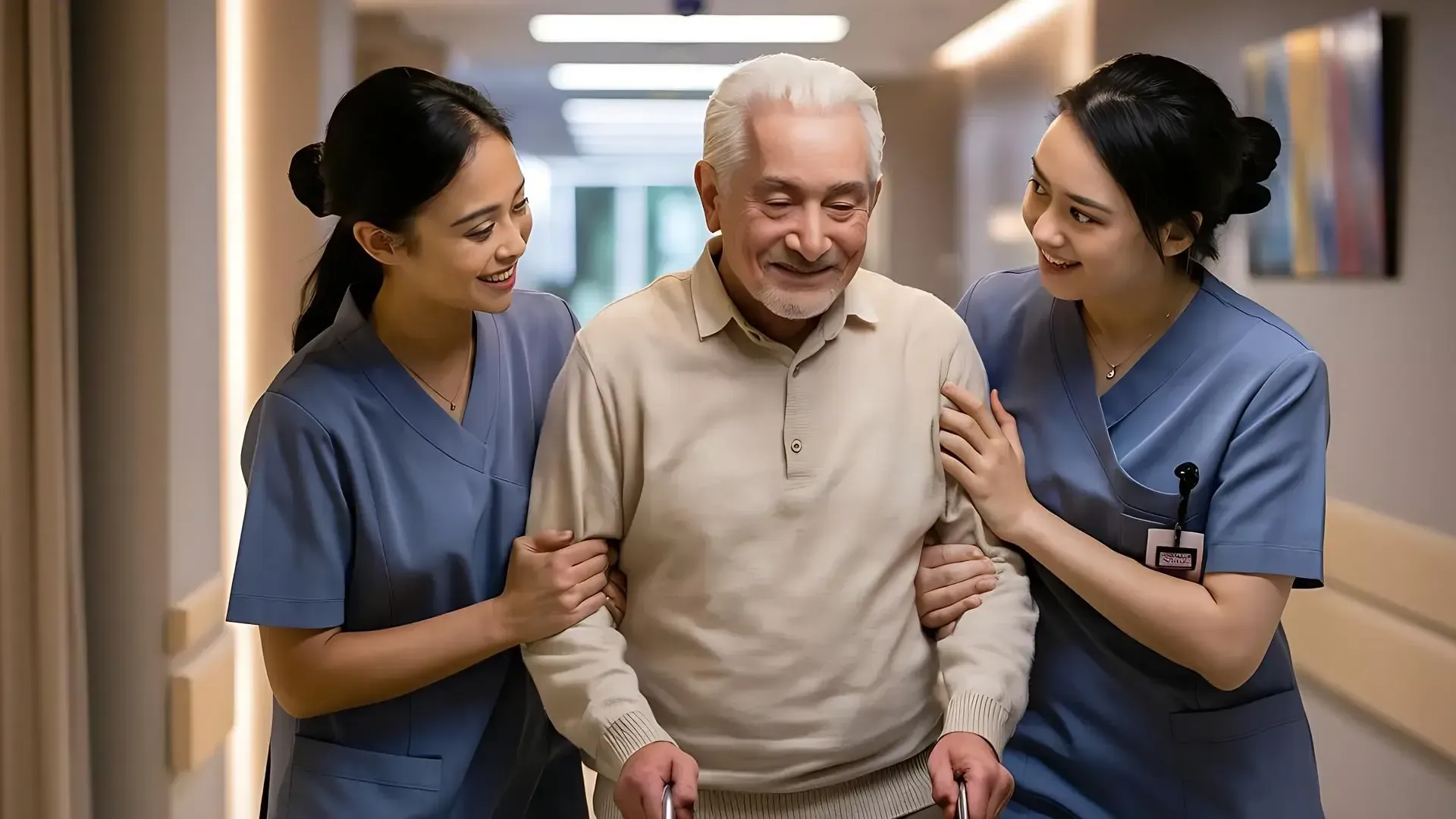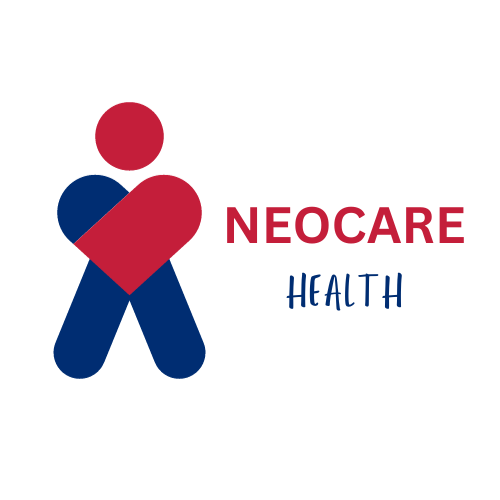Innovative Technologies in Aged Care Staffing: Improving Efficiency and Quality of Care
In the evolving landscape of aged care, we're witnessing a transformative shift towards integrating innovative staffing technologies. These advancements, spanning Artificial Intelligence to Telehealth, are revolutionising the way aged care facilities operate, enhancing care experiences, and finding operational efficiencies to support our elders better.
Our article delves into how aged care staffing technologies, including healthcare technology, nursing technology, and innovative staffing solutions, are pivotal in improving staff efficiency and satisfaction. Moreover, we explore how these technologies are enhancing the quality of care provided in aged care facilities, setting a new standard for support and independence for older adults.
The Role of Digital Solutions in Streamlining Aged Care Operations
In the realm of aged care staffing technologies, digital solutions stand at the forefront of revolutionising operations, directly impacting efficiency and enhancing the quality of care. These technologies span a broad spectrum, including:
- Streamlined Operations and Enhanced Security: Digital tools such as Electronic Access Control (EAC) systems and smart building technologies not only streamline access across facilities but also bolster security and privacy, critical in the digital age. Integration with Nurse Call systems allows for detailed tracking of staff movements, ensuring timely care and accountability.
- Improved Patient and Staff Experience: ShiftCare and similar digital solutions offer comprehensive platforms for care management, scheduling, and communication, significantly reducing administrative burdens. This automation allows staff to focus more on direct care, improving both patient outcomes and staff satisfaction. Additionally, cloud-based systems ensure that patient information is always up-to-date and accessible, facilitating better care coordination.
- Compliance and Quality of Care: Implementing electronic systems in aged care can lead to maximised funding, reduced compliance and safety risks, and an overall enhancement in the quality of care services. These systems support compliance with standards through digital records and offer decision support for care teams, contributing to higher quality data for reporting and minimising the burden of compliance.
Through these innovative staffing solutions, aged care facilities are poised to meet the increasing demand for high-quality care, ensuring a better experience for both caregivers and recipients.
Improving Staff Efficiency and Satisfaction with Technology
In the wake of the Royal Commission's October 2020 report, the Australian aged care sector is embracing a pivotal shift towards digital health, care, and support accessibility, with a keen focus on staff attraction and retention. This transition is underpinned by the understanding that the current workforce is more digitally literate than ever, prompting aged care facilities to adopt technologies that not only enhance the level of care for seniors but also streamline tasks for healthcare workers. Here are key areas where technology is making a significant impact:
- ShiftCare and Its Multifaceted Benefits: ShiftCare emerges as a comprehensive solution offering care management, rostering, invoicing, and a dedicated app. This technology simplifies administrative tasks, allowing staff to dedicate more time to direct patient care.
- Scheduler: Facilitates efficient care management and rostering.
- Document Management: Streamlines NDIS payment requests, accounting integrations, and compliance management.
- Caregivers App: Ensures adherence to compliance through systematic tracking and time-stamping of critical data.
- Enhancing Staff Training and Collaboration: The implementation of new technology systems presents an opportunity for staff collaboration, idea sharing, and mutual learning. This not only improves morale but also fosters a culture where staff feel valued. Providing IT training as part of professional development boosts staff confidence and proficiency in working with technology, leading to higher retention rates and the attraction of skilled employees.
Telehealth and Electronic Medication Management:
- Telehealth: Offers convenient healthcare access, especially beneficial for those with mobility issues.
- Electronic Medication Management Systems: Reduce errors and harm by accurately documenting prescribed medications and their administration, enhancing patient safety.
These technological advancements are pivotal in improving staff efficiency and satisfaction, ultimately leading to better care quality for seniors.
Enhancing Quality of Care Through Technological Innovation
Enhancing the quality of care through technological innovation in aged care staffing technologies involves a holistic approach that not only focuses on the integration of cutting-edge tools but also on the inclusivity and accessibility of these technologies. By involving aged care personnel, older adults, and their families in the co-design of technologies, we ensure that the solutions developed are not only practical but also cater to the real-world needs of those within aged care environments. This participatory approach is crucial in improving the uptake and use of technologies, thereby enhancing the overall care experience.
Key Areas of Technological Innovation:
- Internet of Things (IoT), Artificial Intelligence (AI), and Telehealth: These contemporary tools are at the forefront of improving care and navigating labor shortages. IoT devices offer real-time monitoring and data collection, AI enhances decision-making processes, and Telehealth provides remote care options.
- Safety and Monitoring Technologies:
- Alert buttons and wearables for emergency notifications.
- Smart sensors for fall detection and prevention.
- Facial recognition and RFID for security and efficient care delivery.
- Connectivity and Engagement Tools:
- Smartphones and applications for health monitoring and social interaction.
- Virtual Reality (VR) and Augmented Reality (AR) for cognitive stimulation and entertainment.
- Smartwatches for physical activity encouragement and health alerts.
By leveraging these technologies, aged care facilities can offer a multi-faceted benefit to seniors, encompassing mental wellbeing, independence, and enhanced communication. Moreover, the emphasis on accessibility ensures that these solutions are usable and equitable for diverse populations, particularly those with sensory, motor, or cognitive changes. The integration of evidence-based technologies, coupled with a focus on human dignity, equity, and care relationships, paves the way for a future where technological solutions enrich the ageing experience in a responsible and meaningful manner.
Overcoming Challenges and Future Directions
Navigating the complexities of technology integration in aged care requires a multi-faceted approach, addressing both infrastructural and human factors. Key challenges include:
Security and IT Infrastructure:
- Robust digital infrastructure is essential for safeguarding sensitive data.
- Investment in secure and sophisticated IT management systems ensures privacy and reliability.
Digital Literacy and Inclusion:
- Enhancing digital literacy among older adults and staff through targeted training programs.
- Addressing digital exclusion by ensuring technologies are accessible and user-friendly for all, regardless of socioeconomic status.
Financial and Organisational Support:
- Overcoming financial constraints by leveraging the recent Federal Budget allocation and exploring cost-effective digital alternatives.
- Fostering alliances between healthcare providers, technology companies, and software developers to pool resources and expertise.
Participatory Design and Ethical Considerations:
- Engaging end-users in the development process through participatory co-design, ensuring technologies meet real needs and preferences.
- Prioritising sustainability, equity, and respect in technology development to foster ethical innovations.
By addressing these challenges with a comprehensive and empathetic approach, we can pave the way for a future where aged care staffing technologies not only enhance operational efficiency and care quality but also empower older adults and their caregivers, bridging the gap between traditional care models and the digital age.










